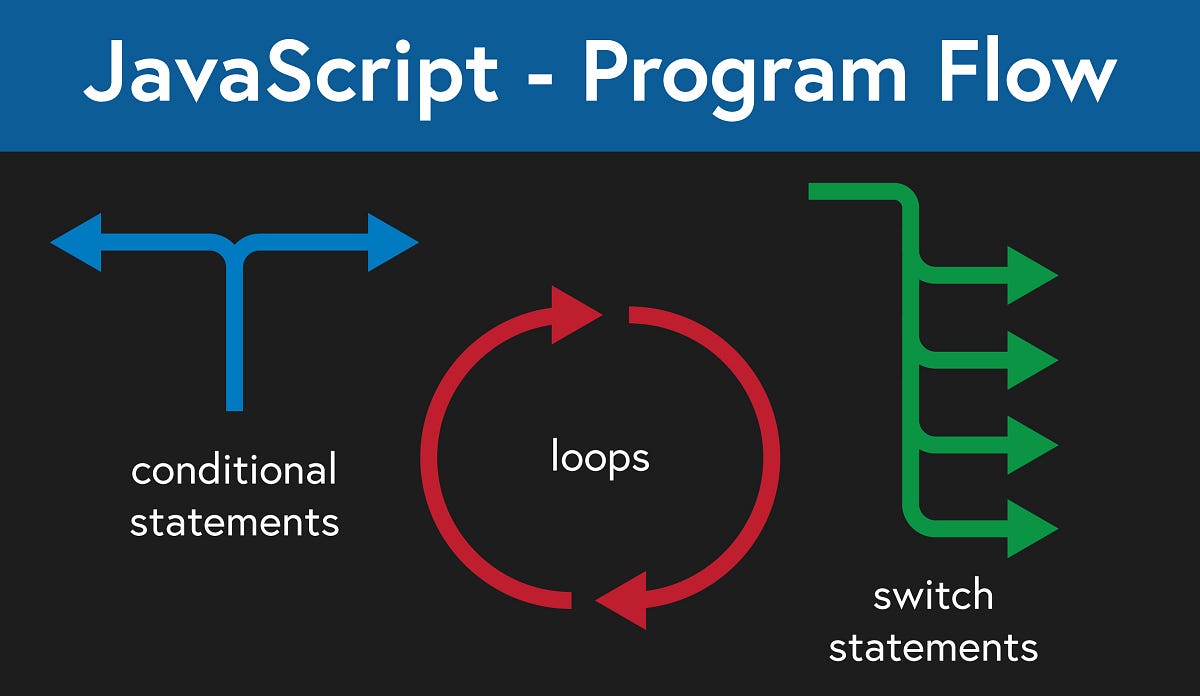Control flow in JavaScript refers to the order in which statements, instructions, or function calls are executed in a program. It provides the foundation for decision-making and looping in your code, making applications more dynamic and interactive.
As developers say:
“Control flow is the backbone of logic in programming; it defines how and when code is executed.”
In JavaScript, control flow mechanisms like conditional statements, loops, and error handling allow you to dictate the program’s behavior based on different inputs or conditions. To better understand coding principles, check out A Beginner’s Guide to Testing in Front-End Development.
Conditional Statements enable decisions based on conditions. For example, using an if statement, you can execute a block of code only if a condition is true:
javascriptCopy codelet age = 18;
if (age >= 18) {
console.log("You are eligible to vote.");
}
For multiple conditions, else if chains are useful:
javascriptCopy codelet score = 85;
if (score >= 90) {
console.log("Grade: A");
} else if (score >= 80) {
console.log("Grade: B");
} else {
console.log("Grade: C or lower");
}
Learn how to streamline your conditional logic in this JavaScript Events Guide.
Switch Statements provide an elegant solution for handling multiple values. For instance:
javascriptCopy codelet fruit = "apple";
switch (fruit) {
case "apple":
console.log("Apples are $2 each.");
break;
case "banana":
console.log("Bananas are $1 each.");
break;
default:
console.log("Sorry, we don't have that fruit.");
}
Loops such as for, while, and do-while repeat a block of code as long as a condition is met. A simple for loop might look like this:
javascriptCopy codefor (let i = 0; i < 5; i++) {
console.log(`Iteration ${i}`);
}
Explore more about efficient coding in Website Performance Optimization.
The break statement is used to exit a loop prematurely, while continue skips the current iteration and moves to the next:
javascriptCopy codefor (let i = 0; i < 10; i++) {
if (i % 2 === 0) continue;
console.log(i);
}
// Output: 1, 3, 5, 7, 9
Error Handling is another vital aspect of control flow. Using try...catch, you can gracefully manage unexpected issues:
javascriptCopy codetry {
let result = riskyFunction();
console.log(result);
} catch (error) {
console.log("An error occurred:", error.message);
} finally {
console.log("Execution complete.");
}
Mastering JavaScript control flow is a crucial step in building interactive and efficient programs. By using the right tools and approaches, you can handle different scenarios dynamically and ensure smooth execution.









